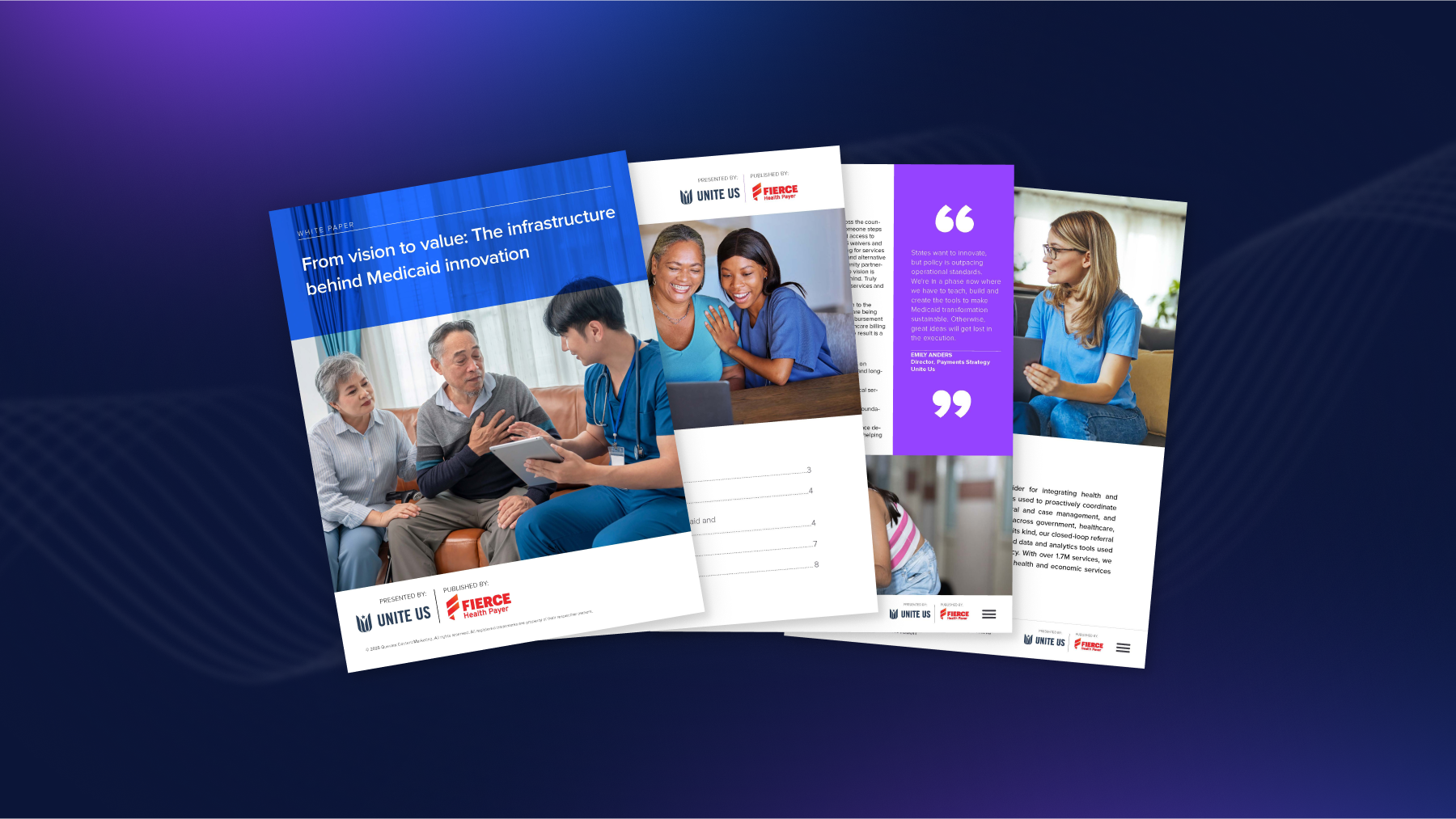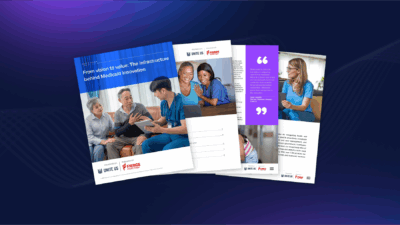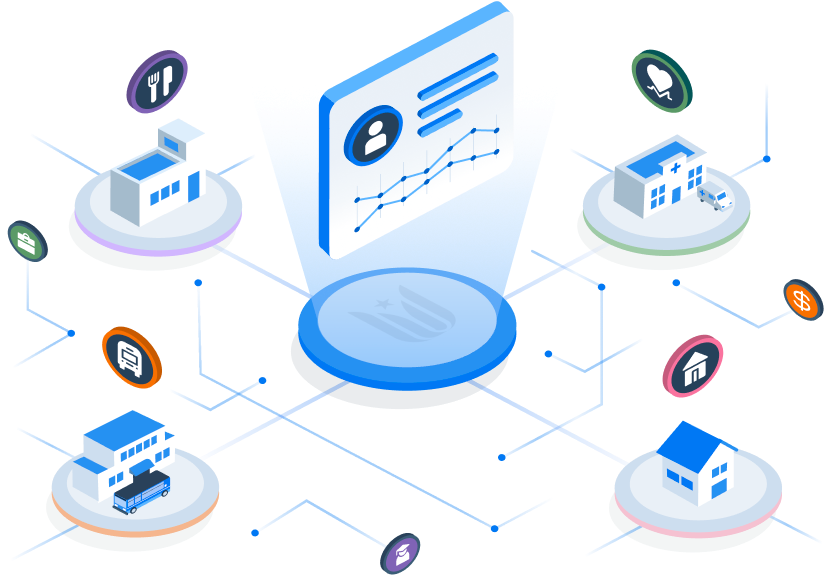
From Vision to Value: The Infrastructure Behind Medicaid Transformation
 Medicaid programs across the country are pushing the boundaries of what healthcare can be—funding food, housing, and transportation support to address the root causes of health. But without a strong infrastructure to support these innovations, even the best ideas struggle to succeed. Written in partnership with Fierce Healthcare, this report explores how standardized systems for eligibility, billing, and cross-sector coordination are enabling states and CBOs to operationalize Medicaid transformation.
Medicaid programs across the country are pushing the boundaries of what healthcare can be—funding food, housing, and transportation support to address the root causes of health. But without a strong infrastructure to support these innovations, even the best ideas struggle to succeed. Written in partnership with Fierce Healthcare, this report explores how standardized systems for eligibility, billing, and cross-sector coordination are enabling states and CBOs to operationalize Medicaid transformation.
Introduction
There is powerful momentum to reimagine healthcare across the country. States are recognizing that health starts long before someone steps into a clinic—it starts with a safe home, a reliable meal, and access to transportation. To date, Medicaid programs, backed by 1115 waivers and innovative leadership, have been the main source of funding for services to address non-medical drivers of health. But new models and alternative approaches (ILOS, 1915(b) waivers, direct payments, community partnerships, etc.) are becoming more common. However, while the vision is strong, the necessary foundation to support it often lags behind. Truly transforming healthcare requires looking beyond individual services and focusing on the systems that sustain them.

“Technology is not a layer to be added later — it is the foundation for scalability, collaboration, and evaluation.”
Emily Anders, Director of Payments Strategy, Unite Us
Community-based organizations (CBOs) are a critical addition to the healthcare ecosystem in these innovative models, but many are being asked—often for the first time—to participate in complex reimbursement processes. This approach brings CBOs into the existing healthcare billing model without adapting that model to fit their capabilities. The result is a barrier to entry, rather than an on-ramp to success.

Three realities have become clear:
- First, return on investment (ROI) takes time, and it depends on thoughtful design that centers on members, infrastructure and long- term partnership and incentive alignment.
- Second, billing standards must evolve to support non-medical services at scale.
- Third, technology is not a layer to be added later — it is the foundation for scalability, collaboration and evaluation.
This paper explores why infrastructure is essential, how its absence derails well-meaning programs, and how partners like Unite Us are helping Medicaid programs realize their promise.
About Unite Us
Unite Us is the nation’s leading software company bringing sectors together to improve the health and well-being of communities. We drive the collaboration to identify, deliver, and pay for services that impact whole-person health. Through Unite Us’ national network and software, community-based organizations, government agencies, and healthcare organizations are all connected to better collaborate to meet the needs of the individuals in their communities.





